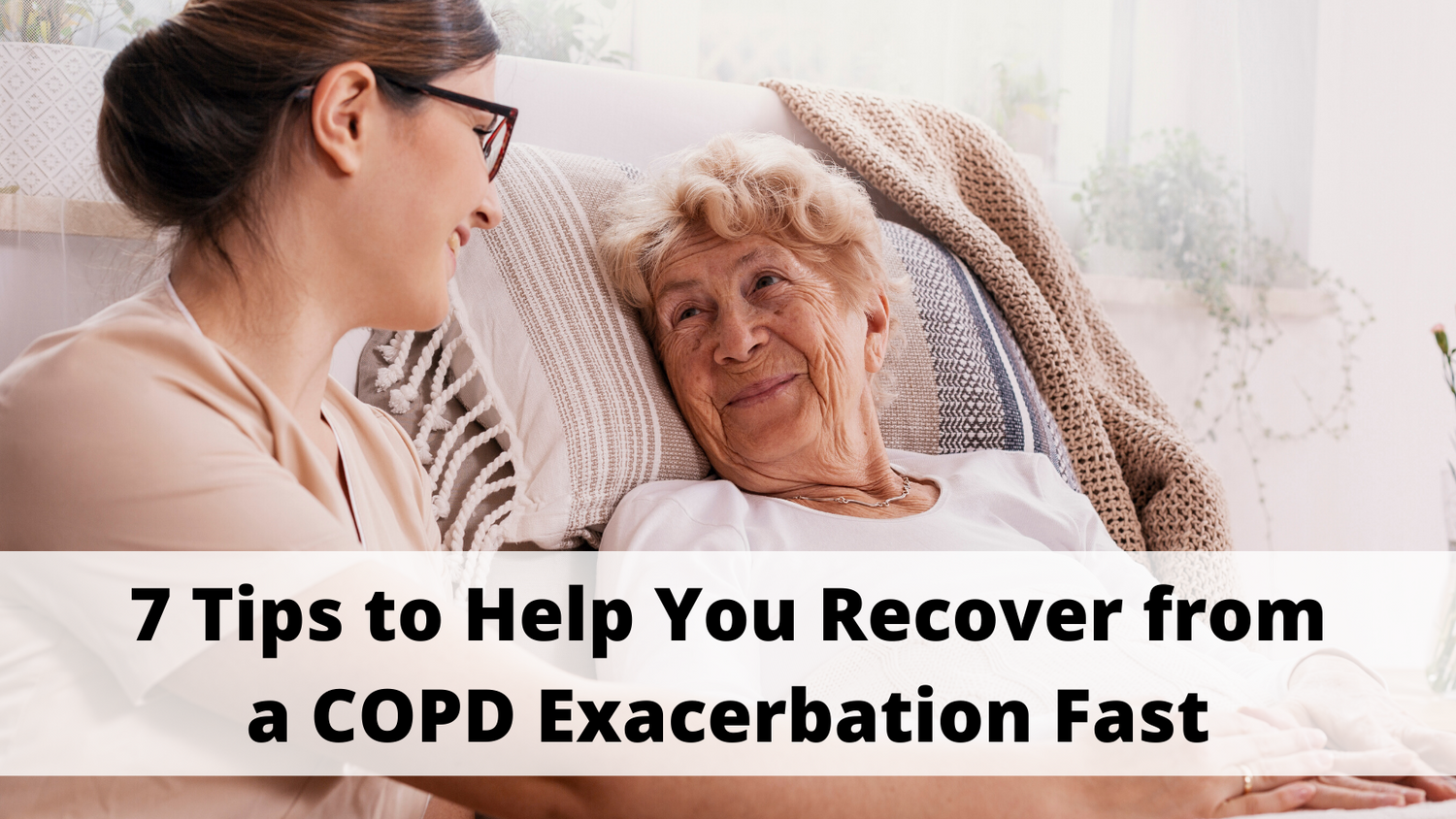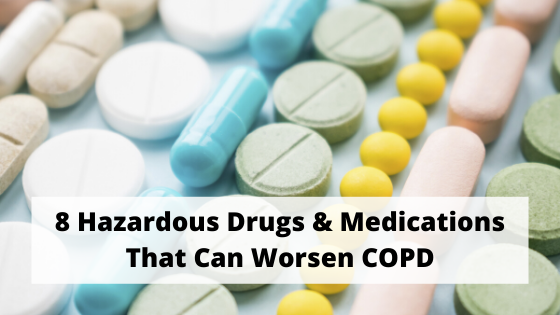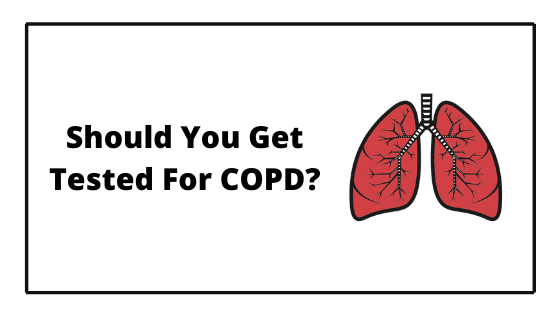Respiratory Resource Center - LPT Medical
7 Tips to Help You Recover from a COPD Exacerbation Fast
One of the main priorities in COPD treatment...
Read More8 Hazardous Drugs & Medications That Can Worsen COPD
When you have a chronic disease like COPD, certain...
Read More


